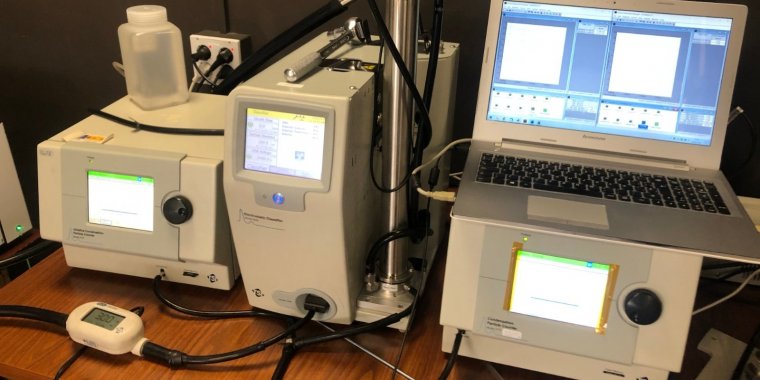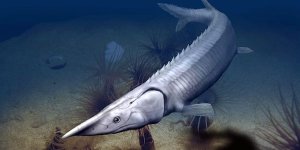| News / Science News |
Spanish scientists develop new graphene-modified tissues effective against coronavirus
A consortium of Spanish scientists and companies, in which the University of Granada (UGR) is participating, is working on the development of new efficient prophylactic facemasks to combat the Coronavirus responsible for COVID-19. These masks will be made of non-woven textiles specially modified with graphene and derivative materials.

Spanish scientists develop new graphene-modified tissues effective against coronavirus. Photo: University of Granada
Researchers at the Condensed Matter Physics Centre (IFIMAC) of the Autonomous University of Madrid (UAM), which leads the project, are working on the development of new technologies to manufacture protective facemasks and, more generally, safer fabrics that help avoid contagion via infectious pathogens and, more specifically, viral particles.
The team aims to develop a new technology for the production of fabrics based on modifying ‘non-woven’ fabric textiles.
The paradigmatic case would be non-woven polypropylene, which is the material used in most of today’s facemask filters.
“Our intention is to incorporate two-dimensional materials such as graphene and/or derivatives thereof, such as graphene oxide, which would generate an antiviral barrier specifically effective in the case of SARS-CoV-2,” explain the authors of the project.
The team includes researchers from the Atmospheric Physics Group of the UGR’s Andalusian Inter-University Institute for Earth System Research (IISTA).
To achieve this, they will use a simple, scalable process, based on a patent developed in their research group, to generate ‘graphene inks’.
They explain: “Our end-goal is to develop a technology that helps make facemasks more effective and comfortable—that is, prophylactic textiles that are designed to combat the SARS-CoV-2 virus in general, but are adaptable to other viruses.” (University of Granada)
YOU MAY ALSO LIKE





